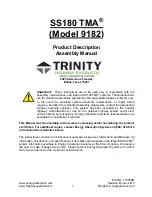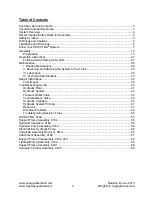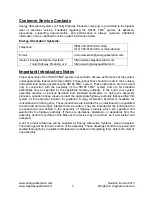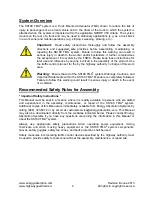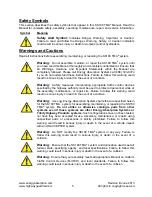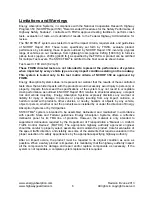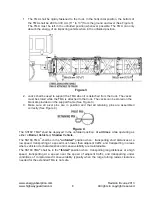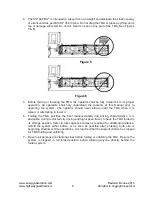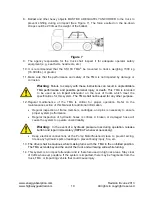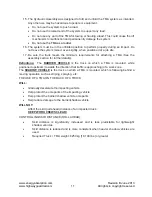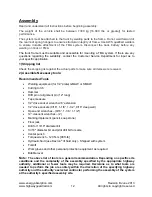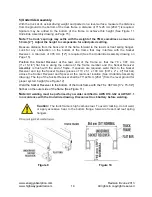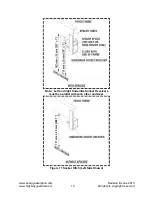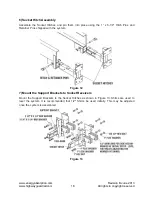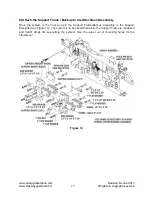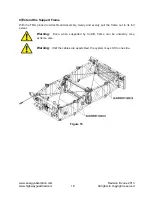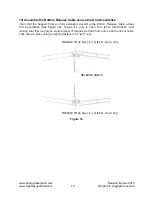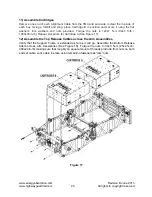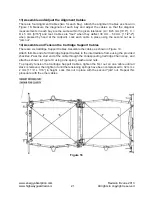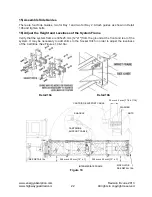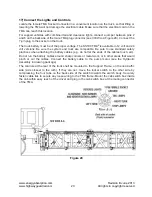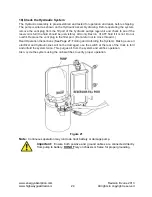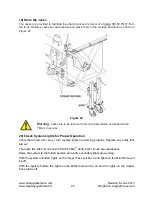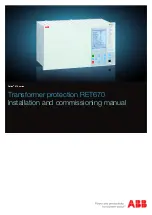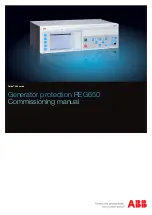
www.energyabsorption.com
Revision B June 2013
www.highwayguardrail.com
10
All rights in copyright reserved
8.
Ballast and other heavy objects MUST BE ADEQUATELY ANCHORED to the truck to
prevent shifting during an impact (See Figure 7). The force exerted on the tie-down
straps could be 20 times the weight of the ballast.
Figure 7
9. The agency responsible for the truck shall inspect it for adequate operator safety
equipment (e.g., seat belts, head rests, etc.)
10.
It is recommended that the SS180 TMA
®
be mounted to trucks weighing 7300 kg
[16,090 lbs.] or greater.
11.
Make sure that the performance and safety of the TMA is not impaired by damage or
corrosion.
Warning
:
Failure to comply with these instructions can result in unpredictable
TMA performance and possible personal injury or death.
This TMA is intended
to be used as
an impact
attenuator on the rear of trucks which meet the
specifications for this system.
The TMA shall not be used for any other purpose.
12.
Regular maintenance of the TMA is critical for proper operation. Refer to the
maintenance section of this Manual for additional information.
Regular inspection of frame members, cartridges, and pins is necessary to ensure
proper system performance.
Regular inspection of hydraulic hoses is critical. A broken or damaged hose will
cause the system to operate uncontrollably.
Warning:
In the event of a hydraulic pressure loss during operation, release
button and repair immediately (REPEAT whenever necessary).
Keep electrical connections at the Pump Motor/Solenoid clean to prevent arcing.
Clean any hydraulic spills or leakage to prevent bodily injury, fire, etc.
13. The driver shall be cautious while making turns with the TMA in the unfolded position.
The TMA extends beyond the end of the truck and will swing wide while turning.
14.
This system is an impact attenuator and is therefore used in high risk areas. Stay clear
of traf
fi
c whenever possible. If the system is impacted, there may be fragments from the
truck, TMA, or impacting vehicle that could cause injury.


